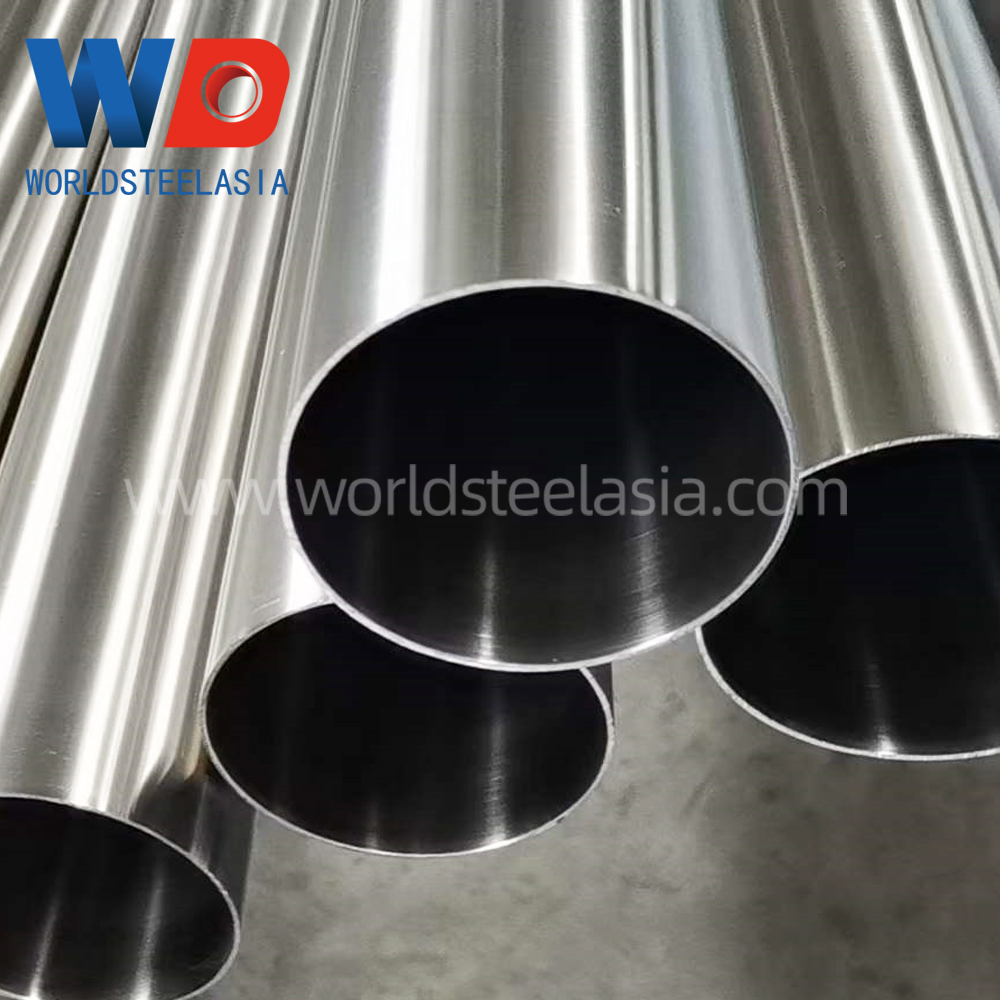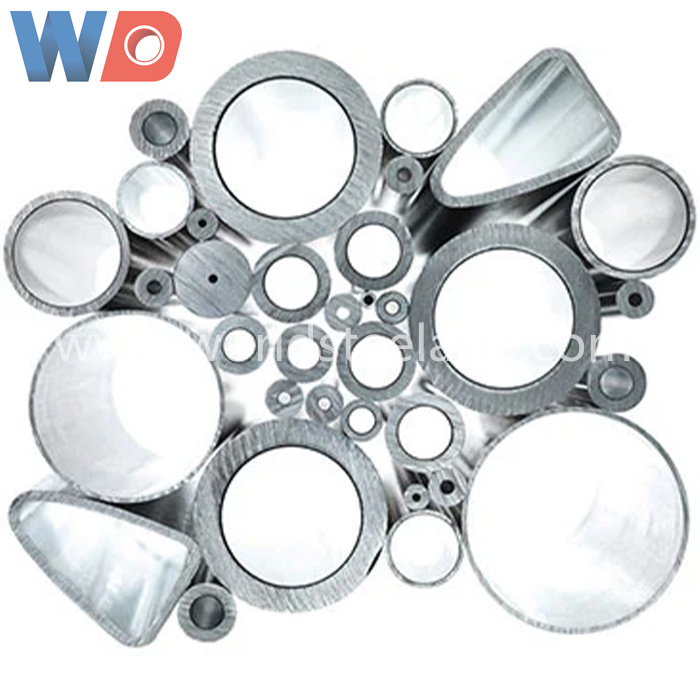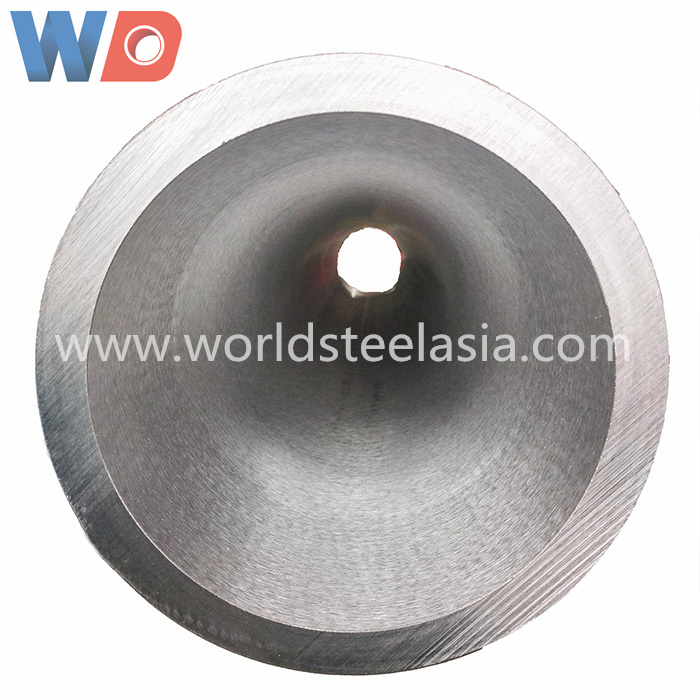304 stainless steel and food grade 304 stainless steel
What is the difference between 304 stainless steel and food grade 304 stainless steel , plate , pipe , pipe fittings , flange
food grade 304 stainless steel plate , food grade 304 stainless steel pipe , food grade 304 stainless steel pipe fittings , food grade 304 stainless steel flange , food grade stainless steel seamless pipe , surface polished
304 food grade stainless steel, what is the difference between food grade stainless steel and 304 stainless steel we usually contact?
Is 304 stainless steel the same as food grade 304 stainless steel? First of all, what is 304 stainless steel? What is food grade 304 stainless steel?
304 stainless steel is a common material in stainless steel, with a density of 7.93 g / cm ³; It is also called 18 / 8 stainless steel in the industry, which means it contains more than 18% chromium and more than 8% nickel; High temperature resistance 800 ℃, with good processability and high toughness, it is widely used in industry, furniture decoration industry and food and medical industry
Common marking methods in the market include 06cr19ni10 and SUS304, of which 06cr19ni10 generally refers to national standard production, 304 generally refers to ASTM standard production, and SUS 304 refers to Japanese standard production. 304 is a universal stainless steel, which is widely used to make equipment and parts requiring good comprehensive performance (corrosion resistance and formability). In order to maintain the inherent corrosion resistance of stainless steel, the steel must contain more than 18% chromium and more than 8% nickel. 304 stainless steel is a brand of stainless steel produced according to American ASTM standards
Is 304 stainless steel the same as food grade 304 stainless steel? dissimilarity! Food grade and brand belong to two systems, but they are inextricably linked. The same is true in the field of stainless steel. The brand determines the corrosion resistance of stainless steel. Whether it is food grade or not requires not only the corrosion resistance of stainless steel, but also the precipitation indexes of lead, chromium, nickel, cadmium and arsenic.
Stainless steel tableware containers shall be made of austenitic stainless steel, austenitic ferritic stainless steel, ferritic stainless steel and other stainless steel materials;
In this national standard, a migration test is specified. Stainless steel materials are soaked in a solution simulating food (generally acidic solution). After reaching the specified time, test whether there are some elements in the solution. Harmful elements include five elements such as arsenic, cadmium, lead, chromium and nickel. As long as the five elements in the test solution do not exceed the specified values in the above table, It can be claimed that this batch of materials is food grade stainless steel




